Véronique Masson
UR1, LACODAM
Shaping Up SHAP: Enhancing Stability through Layer-Wise Neighbor Selection
Dec 19, 2023

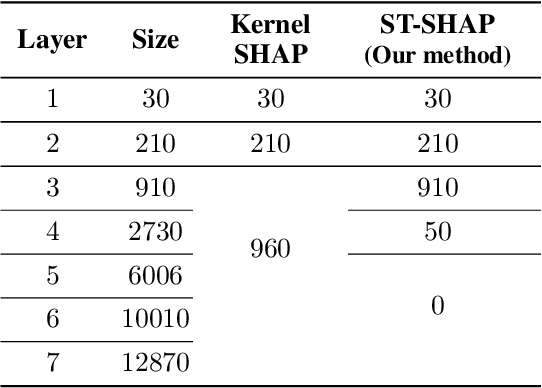

Abstract:Machine learning techniques, such as deep learning and ensemble methods, are widely used in various domains due to their ability to handle complex real-world tasks. However, their black-box nature has raised multiple concerns about the fairness, trustworthiness, and transparency of computer-assisted decision-making. This has led to the emergence of local post-hoc explainability methods, which offer explanations for individual decisions made by black-box algorithms. Among these methods, Kernel SHAP is widely used due to its model-agnostic nature and its well-founded theoretical framework. Despite these strengths, Kernel SHAP suffers from high instability: different executions of the method with the same inputs can lead to significantly different explanations, which diminishes the utility of post-hoc explainability. The contribution of this paper is two-fold. On the one hand, we show that Kernel SHAP's instability is caused by its stochastic neighbor selection procedure, which we adapt to achieve full stability without compromising explanation fidelity. On the other hand, we show that by restricting the neighbors generation to perturbations of size 1 -- which we call the coalitions of Layer 1 -- we obtain a novel feature-attribution method that is fully stable, efficient to compute, and still meaningful.
LCE: An Augmented Combination of Bagging and Boosting in Python
Aug 15, 2023Abstract:lcensemble is a high-performing, scalable and user-friendly Python package for the general tasks of classification and regression. The package implements Local Cascade Ensemble (LCE), a machine learning method that further enhances the prediction performance of the current state-of-the-art methods Random Forest and XGBoost. LCE combines their strengths and adopts a complementary diversification approach to obtain a better generalizing predictor. The package is compatible with scikit-learn, therefore it can interact with scikit-learn pipelines and model selection tools. It is distributed under the Apache 2.0 license, and its source code is available at https://github.com/LocalCascadeEnsemble/LCE.
XCM: An Explainable Convolutional Neural Network for Multivariate Time Series Classification
Sep 10, 2020



Abstract:We present XCM, an eXplainable Convolutional neural network for Multivariate time series classification. XCM is a new compact convolutional neural network which extracts, in parallel, information relative to the observed variables and time from the input data. Thus, XCM architecture enables faithful explainability based on a post-hoc model-specific method (Gradient-weighted Class Activation Mapping), which identifies the observed variables and timestamps of the input data that are important for predictions. Our evaluation firstly shows that XCM outperforms the state-of-the-art multivariate time series classifiers on both the large and small public UEA datasets. Furthermore, following the illustration of the performance and explainability of XCM on a synthetic dataset, we present how XCM can outperform the current most accurate state-of-the-art algorithm on a real-world application while enhancing explainability by providing faithful and more informative explanations.
A Performance-Explainability Framework to Benchmark Machine Learning Methods: Application to Multivariate Time Series Classifiers
May 29, 2020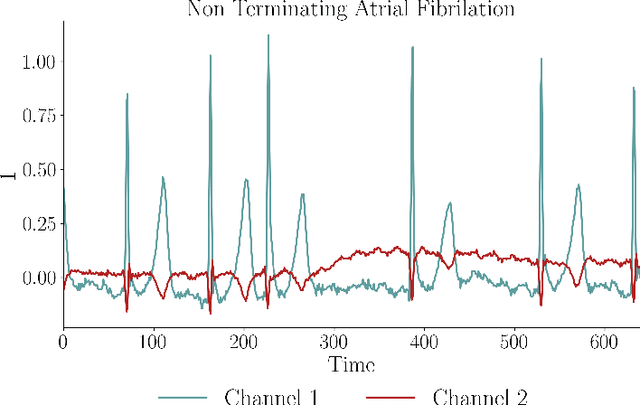

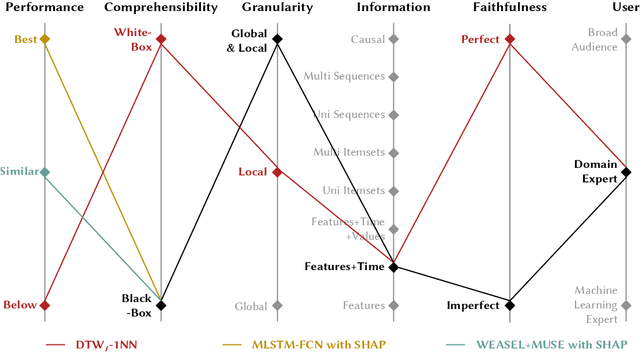
Abstract:Our research aims to propose a new performance-explainability analytical framework to assess and benchmark machine learning methods. The framework details a set of characteristics that operationalize the performance-explainability assessment of existing machine learning methods. In order to illustrate the use of the framework, we apply it to benchmark the current state-of-the-art multivariate time series classifiers.
Local Cascade Ensemble for Multivariate Data Classification
May 07, 2020
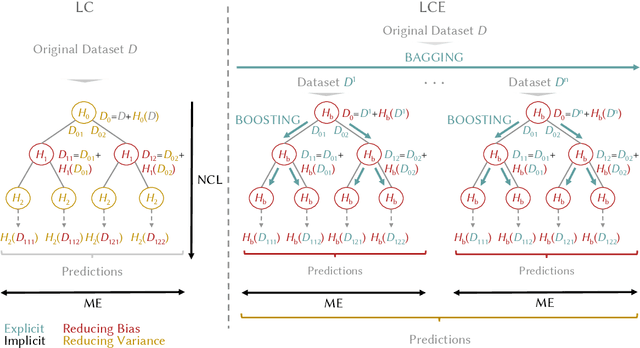
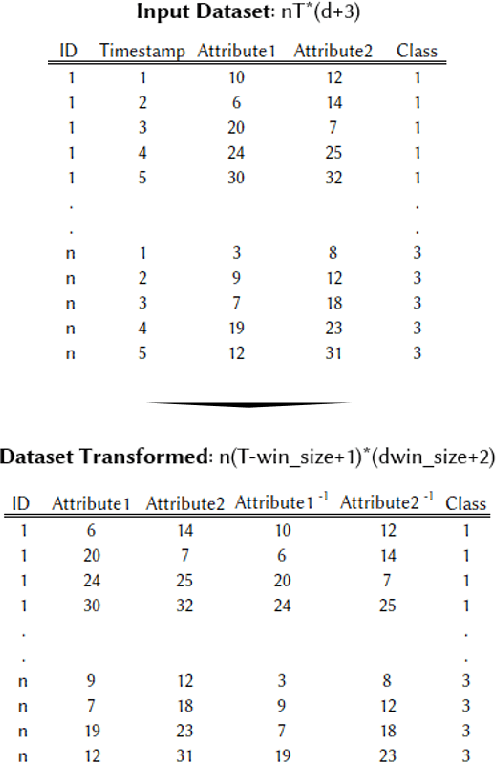
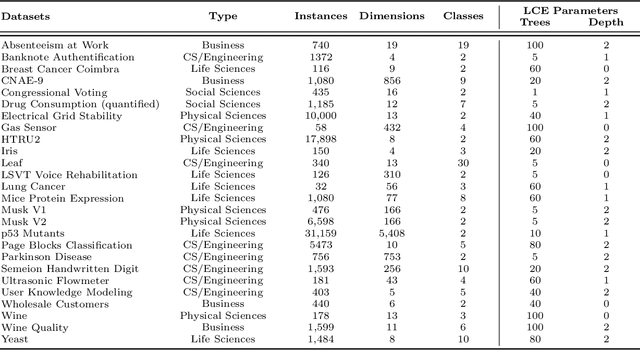
Abstract:We present LCE, a Local Cascade Ensemble for traditional (tabular) multivariate data classification, and its extension LCEM for Multivariate Time Series (MTS) classification. LCE is a new hybrid ensemble method that combines an explicit boosting-bagging approach to handle the usual bias-variance tradeoff faced by machine learning models and an implicit divide-and-conquer approach to individualize classifier errors on different parts of the training data. Our evaluation firstly shows that the hybrid ensemble method LCE outperforms the state-of-the-art classifiers on the UCI datasets and that LCEM outperforms the state-of-the-art MTS classifiers on the UEA datasets. Furthermore, LCEM provides explainability by design and manifests robust performance when faced with challenges arising from continuous data collection (different MTS length, missing data and noise).
Mining relevant interval rules
Sep 11, 2017

Abstract:This article extends the method of Garriga et al. for mining relevant rules to numerical attributes by extracting interval-based pattern rules. We propose an algorithm that extracts such rules from numerical datasets using the interval-pattern approach from Kaytoue et al. This algorithm has been implemented and evaluated on real datasets.
 Add to Chrome
Add to Chrome Add to Firefox
Add to Firefox Add to Edge
Add to Edge